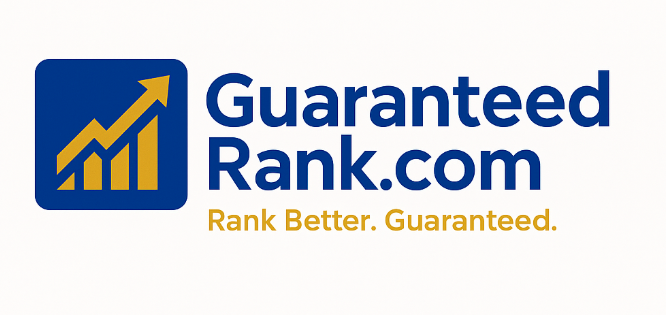Multilingual users in Europe significantly influence keyword strategy due to the continent’s linguistic diversity, high internet penetration, and the close proximity of different language-speaking populations. Here’s how they impact keyword strategy in practical terms:
1. Keyword Variations by Language
-
Direct Translations Are Inadequate: Keywords rarely translate perfectly. For example, “cheap flights” in English becomes “vol pas cher” in French or “günstige Flüge” in German, each carrying unique user intent and volume.
-
Local Terminology: Even within one language, regional usage matters. Spanish speakers in Spain search differently than those in Latin America or Catalonia.
Strategy Tip: Use native speakers or region-specific keyword tools (e.g., SEMrush, Ahrefs, or Google Keyword Planner localized to each market) to identify nuances.
2. Search Behavior Differences
-
Multilingual Users Search in Multiple Languages: A German-Dutch bilingual might search for “urlaub italien” (German) and “vakantie Italië” (Dutch), depending on the context or platform.
-
Mixed Language Queries: Especially in multilingual regions (e.g., Switzerland, Belgium), people often mix languages in searches—like “cheap hotel Genève” or “bon marché hotel Brussels”.
Strategy Tip: Monitor search trends in mixed-language regions and include long-tail, hybrid keywords.
3. Regional SEO Optimization
-
Language vs. Location: Google may show different results for the same keyword based on the user’s location and browser language settings.
-
For example, “football boots” will bring up different content in the UK (English) vs. Spain (English browser settings).
-
-
Hreflang Tags: Implement hreflang tags to ensure users are directed to content in the right language and region variant.
Strategy Tip: Ensure your site uses correct hreflang tags and serves localized pages for both language and regional variants (e.g., fr-FR vs. fr-CH).
4. Ad Spend and PPC Campaigns
-
CPC Varies by Language and Country: Some languages have more competition (higher CPC), while others may be underutilized.
-
Multilingual Ad Copy: Users are more likely to click on ads in their native language—even if they understand another.
Strategy Tip: Run separate campaigns for each language/country pair and adapt ad copy to each language’s idioms and cultural cues.
5. Voice Search and Mobile Behavior
-
Multilingual users often switch languages when using voice search.
-
They might use simpler or more conversational terms in one language than another.
Strategy Tip: Optimize for conversational, voice-friendly keywords in each target language.
6. Content Planning and Clustering
-
Create language-specific content clusters, each with their own target keywords.
-
Avoid duplicating content across languages without adaptation—Google may penalize poorly localized content.
Summary Strategy Framework:
| Component | Multilingual Focus |
|---|---|
| Keyword Research | Localized tools, native phrasing |
| Content Localization | Native-level translation/adaptation |
| On-Page SEO | Hreflang, meta data in each language |
| PPC Campaigns | Language-specific groups |
| Voice Search Optimization | Conversational, local variants |
| Performance Monitoring | Separate analytics by language region |











0 Comments